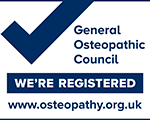
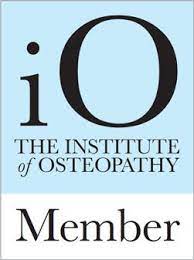

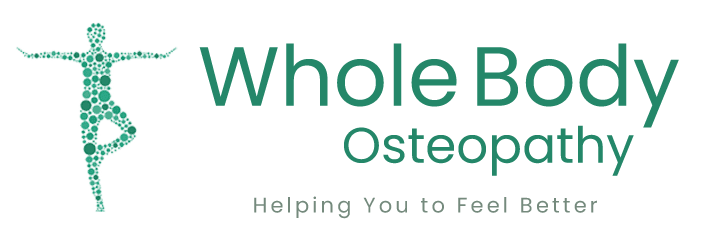
Arthritis is an extremely common condition affecting more than 350 million people worldwide and something around 1 in 4 of us will suffer from in our lifetime. We are an osteopathic practice with clinics in Looe, Saltash and Millbrook, offering effective and affordable private treatment for arthritis with no long wait times.
On this page we will explain the main forms of arthritis and how they affect the body, how we diagnose arthritis, and how arthritis can be treated with osteopathy.
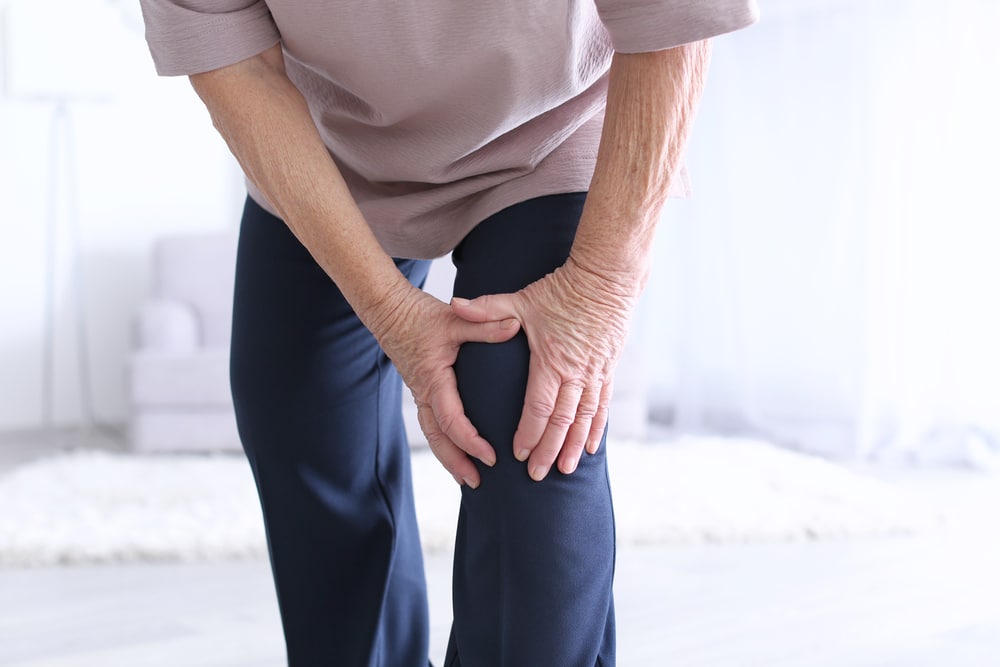
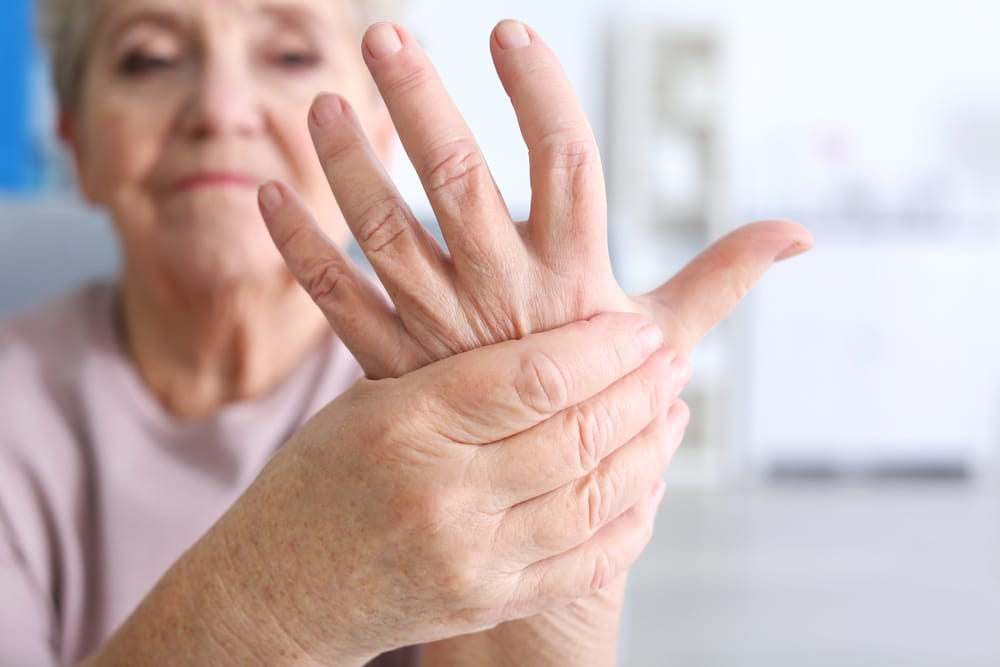
Arthritis is not a single disease but a general term referring to any pain or disease of the joints. This can cause pain, swelling, stiffness and reduced mobility. Some types of arthritis are caused by a chronic condition, whilst others are due to the general wear and tear on the joints over time. This means arthritis is more common in older people, but it can affect anyone at any point in their life.
Although there is no cure for arthritis, there are many treatments which can help to manage the condition and improve quality of life. Your doctor might prescribe anti-inflammatory medications, and having physical therapy such as osteopathy can also help to reduce pain and increase mobility. Maintaining a healthy lifestyle will also help to combat the effects of arthritis.
Article continues below


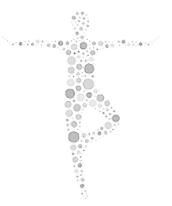




Osteoarthritis is the most common form of arthritis and affects millions of people worldwide. Osteoarthritis occurs when the cartilage which covers the ends of bones starts to wear down. Without the protective cartilage to cushion the joint, movement becomes more difficult, leading to pain and a loss of mobility.
Symptoms and severity vary from person to person and may change from day to day or feel different in different parts of the body. Symptoms may include pain, swelling, stiffness, redness, and possibly the development of bony growths on the joint. Osteoarthritis may occur anywhere in the body, but most typically affects the joints of the hip, knees and hands.
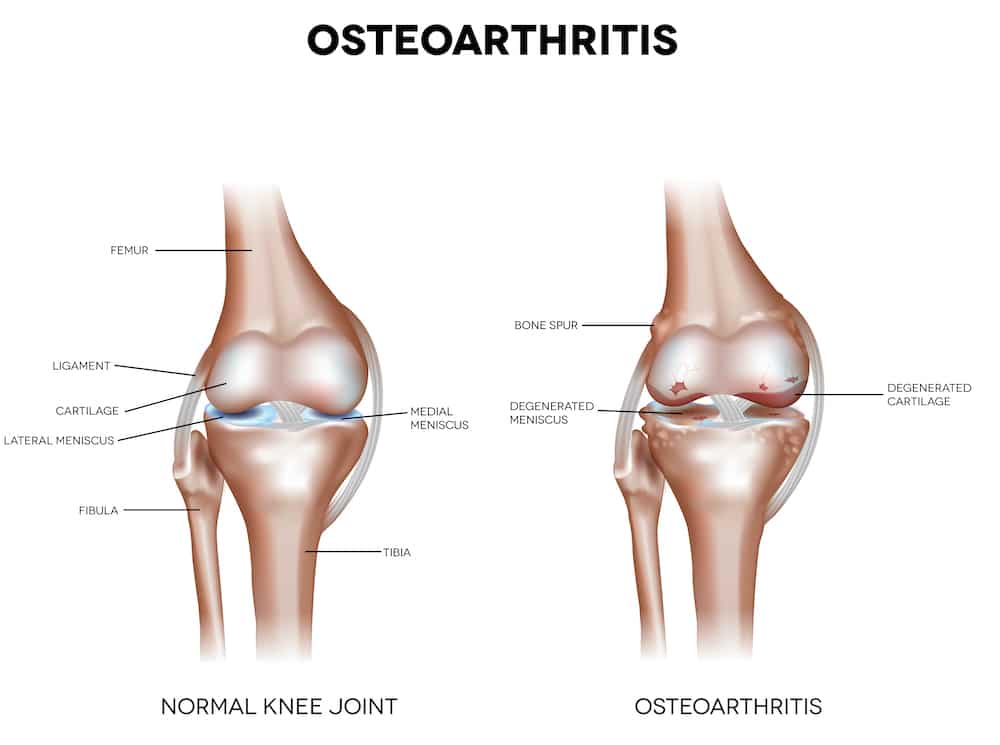
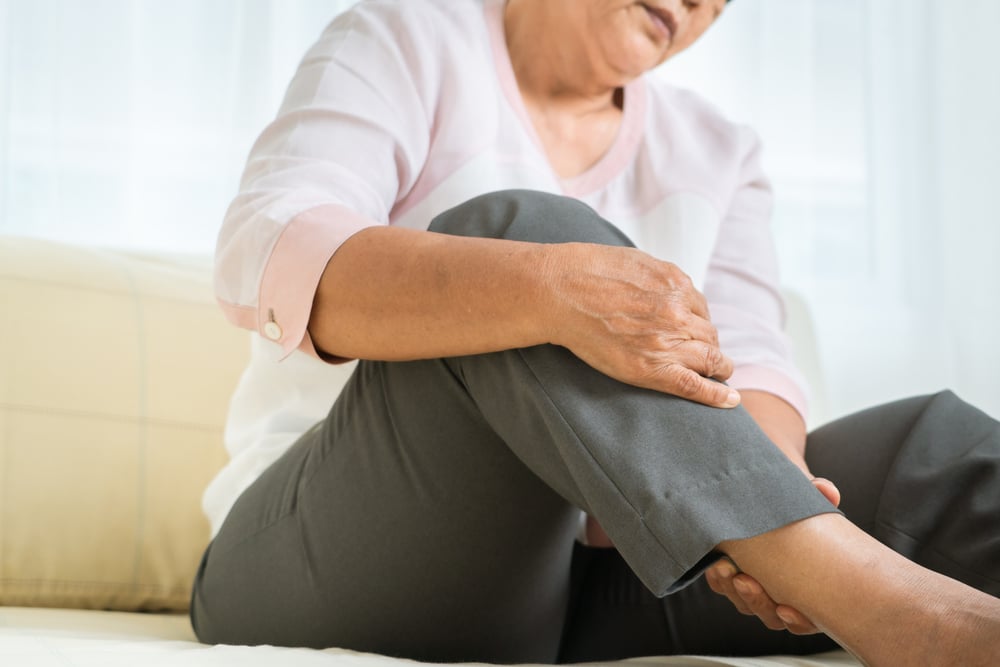
Another very common form of arthritis is rheumatoid arthritis. Unlike osteoarthritis, in which the cartilage on the end of bones simply wears down over time, rheumatoid arthritis is an autoimmune disease. The immune system mistakenly attacks its own tissues – in this case the joints. The immune response causes swelling and inflammation as a result of the body sending extra blood to the affected area, making rheumatoid arthritis a form of autoimmune inflammatory arthritis.
It is not clear what causes rheumatoid arthritis, but is generally considered that environmental factors such as smoking or catching a virus can be a factor, along with a genetic disposition to the disease. Although rheumatoid arthritis is the most common form of inflammatory arthritis, there are other types including psoriatic arthritis – which affects people with psoriasis – and ankylosing spondylitis, which affects the spine.
Article continues below
Registered with the General Osteopathic Council and Institute of Osteopathy
There are a variety of methods used to diagnose arthritis. It is not always necessary to see a doctor; your osteopath will be able to give you an arthritis diagnosis in most cases and advise you as to whether any further tests are necessary, for example x-rays, or blood tests to look for signs of autoimmune inflammatory types of arthritis.
In diagnosing arthritis, we will ask about your symptoms – where and when you are feeling pain, what the pain feels like and if you are experiencing any other symptoms such as swelling or redness. We will also ask about your general lifestyle, any injuries you have and whether you have a family history of arthritis, before moving onto a physical examination to diagnose the source of your pain using palpation and other physical therapy techniques.
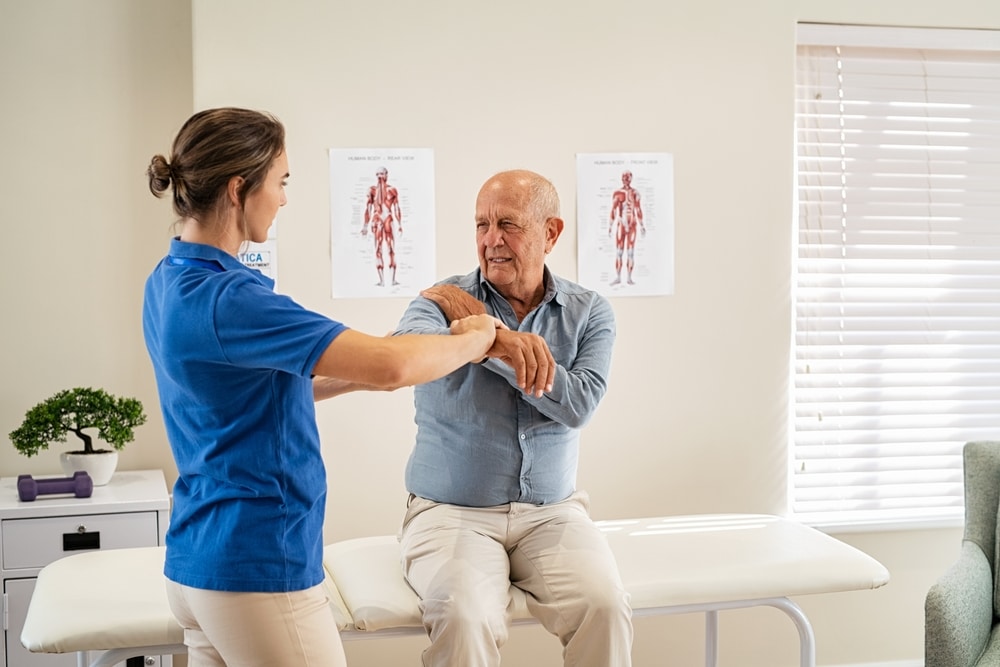
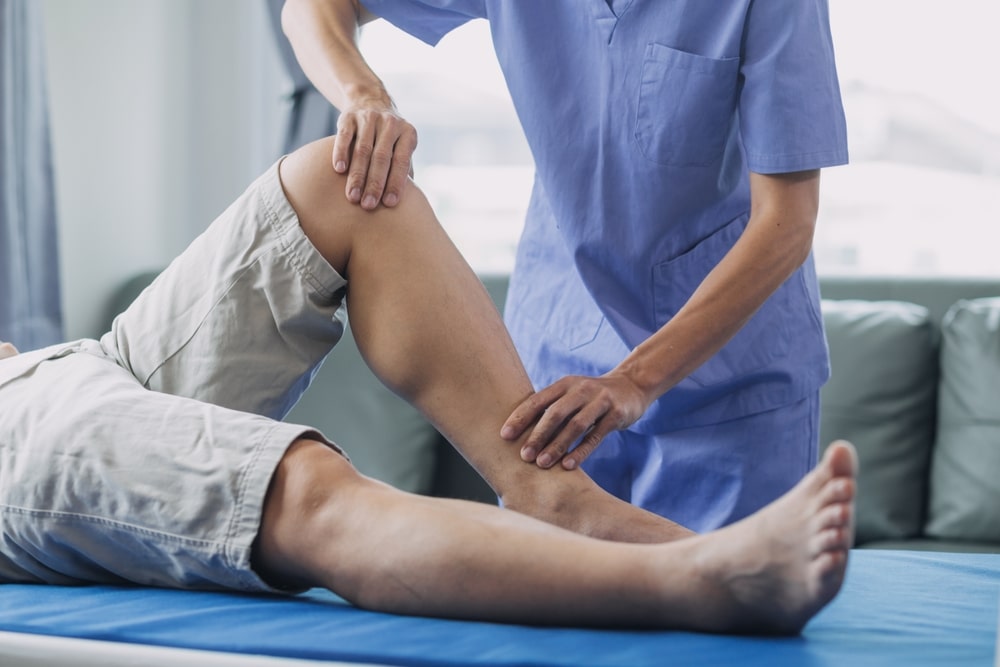
Osteopathy is a hands-on physical therapy. Osteopaths are specialists in musculoskeletal pain and use a range of physical therapy techniques such as joint manipulation, deep tissue massage and mobilisation. Osteopaths work directly with the body and do not prescribe medication. Osteopathy can be used as a standalone treatment for arthritis or alongside other treatments such as medication – speak to us or your doctor for advice.
Osteopathic treatment for arthritis can help in reducing pain and to improve joint mobility and function, making daily tasks less difficult. Osteopaths can also help to realign the spine, release muscular tension and improve your overall body mechanics, all of which will help to further release pain and minimise any secondary effects of your arthritis elsewhere in the body.
You can read more about osteopathy on our osteopathy page.
We are an osteopathic practice with clinics in Looe, Millbrook and Saltash. We are an experienced and well-established clinic and pride ourselves on a whole-body approach and taking the time to understand your problem and to really make a difference.
Booking is easy with our online system. There are no long wait times and you can normally see a clinician within 24-48 hours of making an appointment. Our initial appointments last 60 minutes, giving plenty of time to discuss your symptoms in depth and carry out a full and thorough examination. Follow-up appointments last 30 minutes.
We are here to help and if you have any questions at all about how we might be able to help, please contact us and we will be happy to discuss.
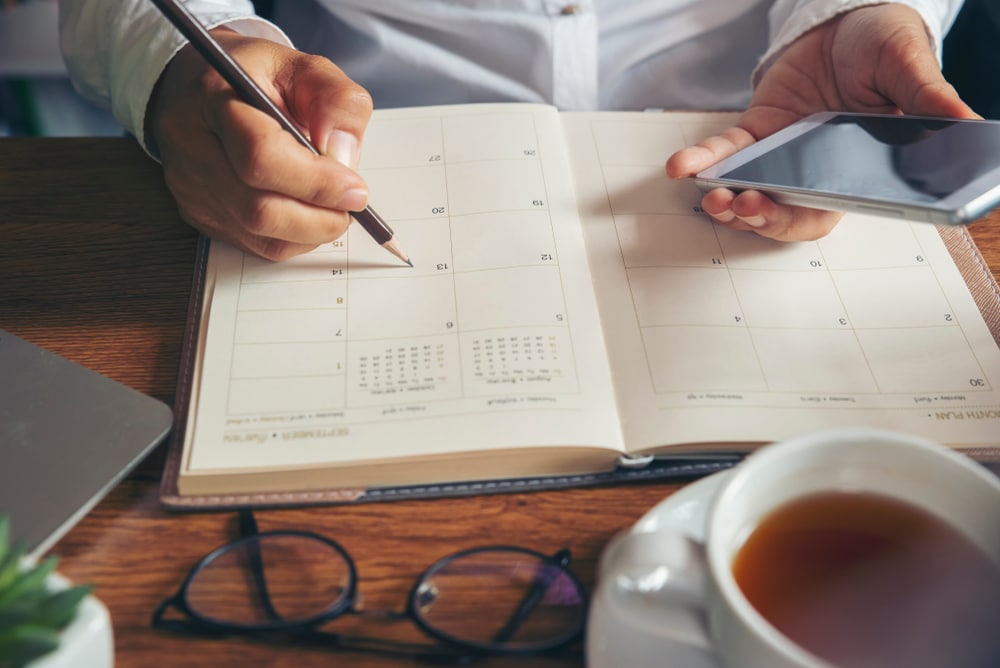
We have two welcoming and conveniently situated clinics
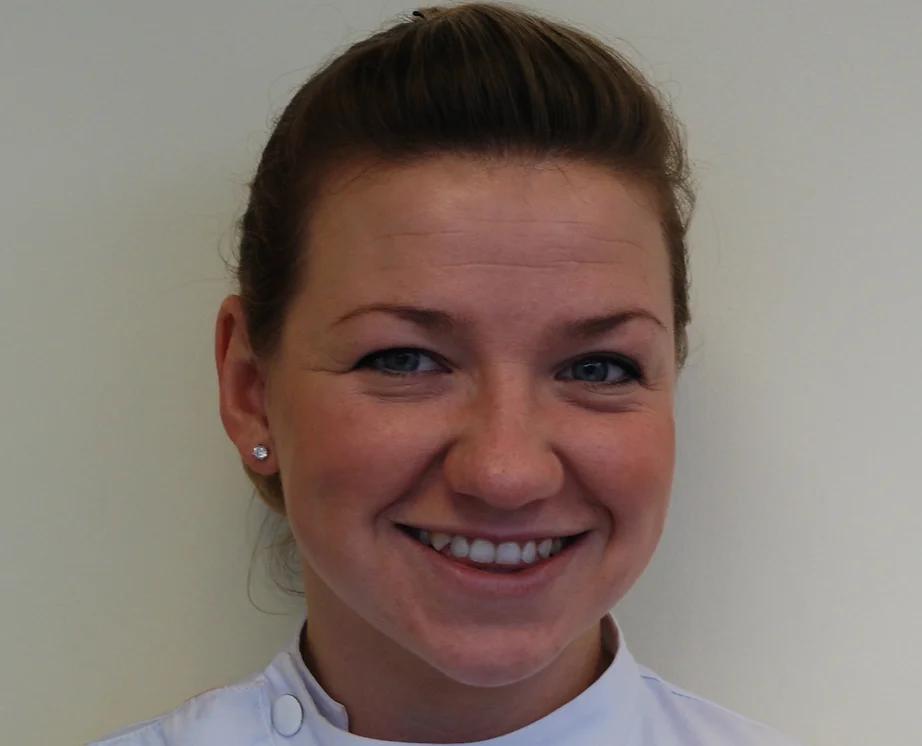
The information on this page has been reviewed for accuracy by Yvonne Cosbie BOst BSc, osteopath and clinical director, Whole Body Osteopathy.
Web design by Market Your Clinic Online